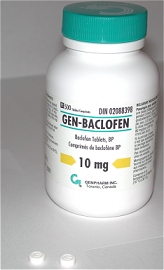




Tones of Pictures, Most Commons and Mnemonics

 I actually didn't know how currant jelly looks like. So, now I know and by the way I like this picture. One of the buzz words for Klebsiella pneumonia(most likely alcoholics and heavy smokers) is currant jelly like sputum. Despite the fact that Klebsiella pneumonia is very common in the group mansion above and you can see that in a question on the exam, don't get fooled about what is the MC pneumonia. This guy Strep Pneumo always wins.
I actually didn't know how currant jelly looks like. So, now I know and by the way I like this picture. One of the buzz words for Klebsiella pneumonia(most likely alcoholics and heavy smokers) is currant jelly like sputum. Despite the fact that Klebsiella pneumonia is very common in the group mansion above and you can see that in a question on the exam, don't get fooled about what is the MC pneumonia. This guy Strep Pneumo always wins.
 I will make a list of some of the links to webpages that I found really useful:
I will make a list of some of the links to webpages that I found really useful: